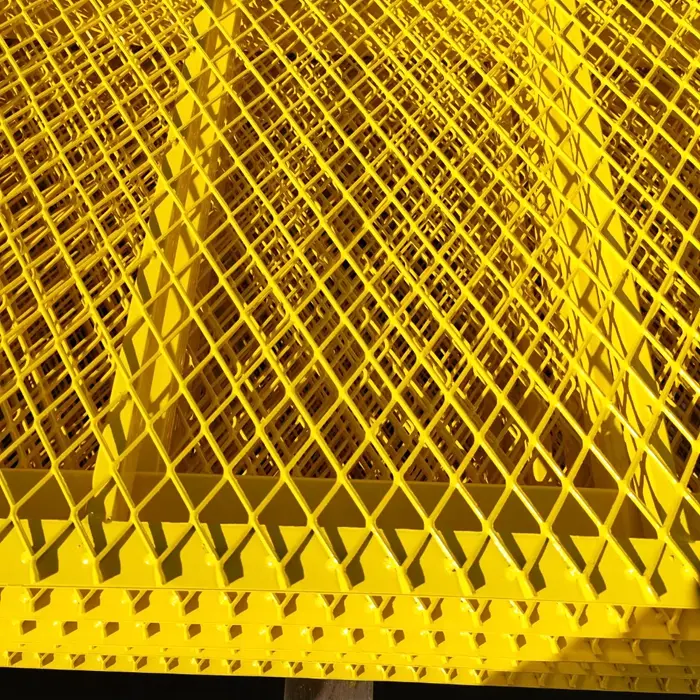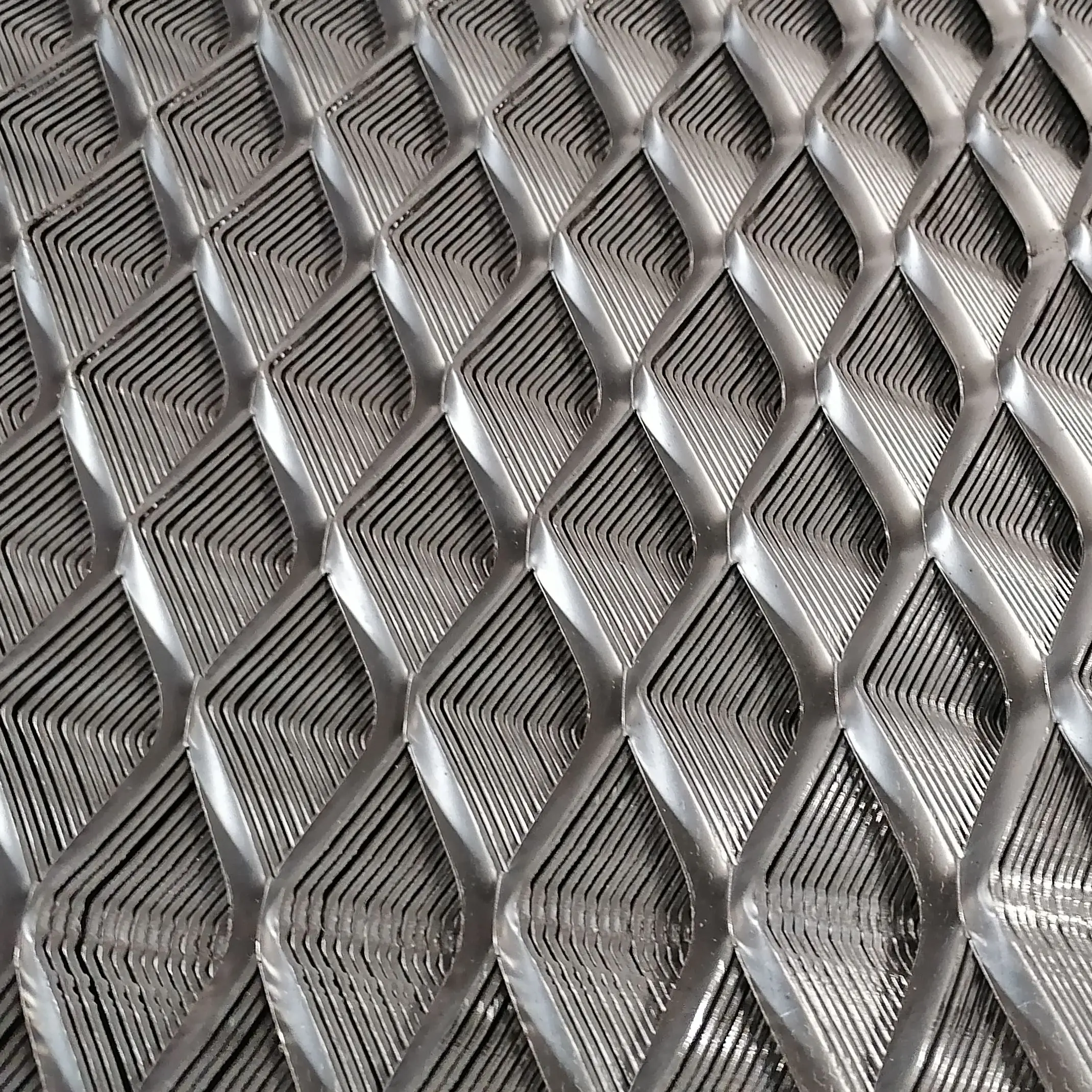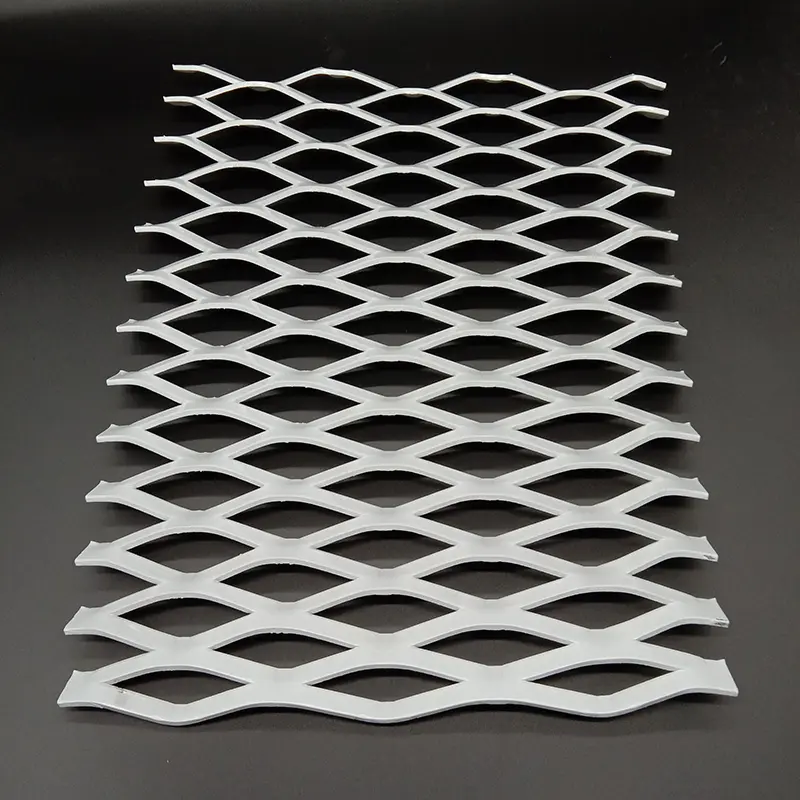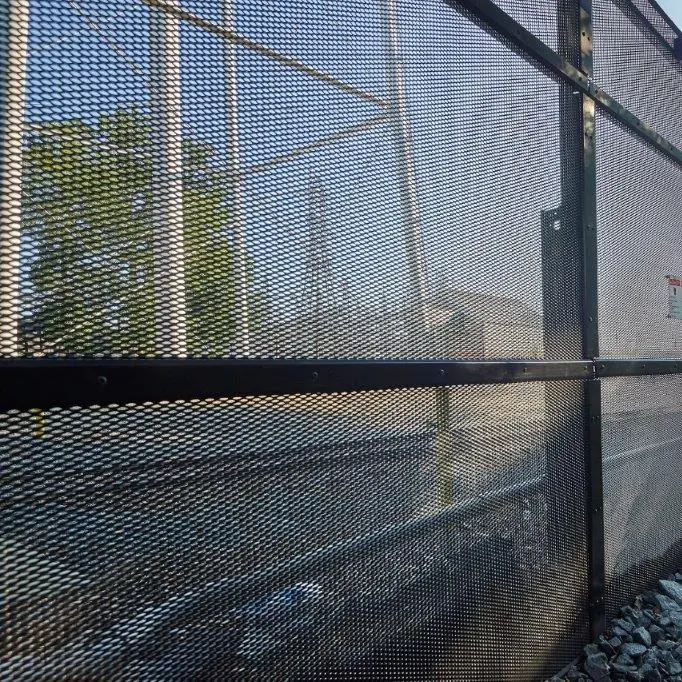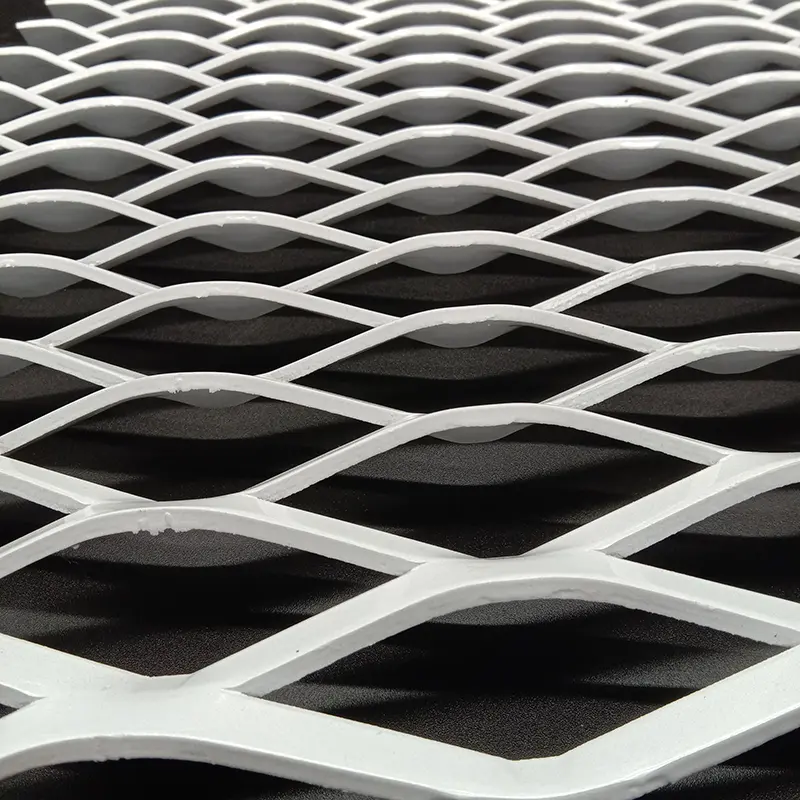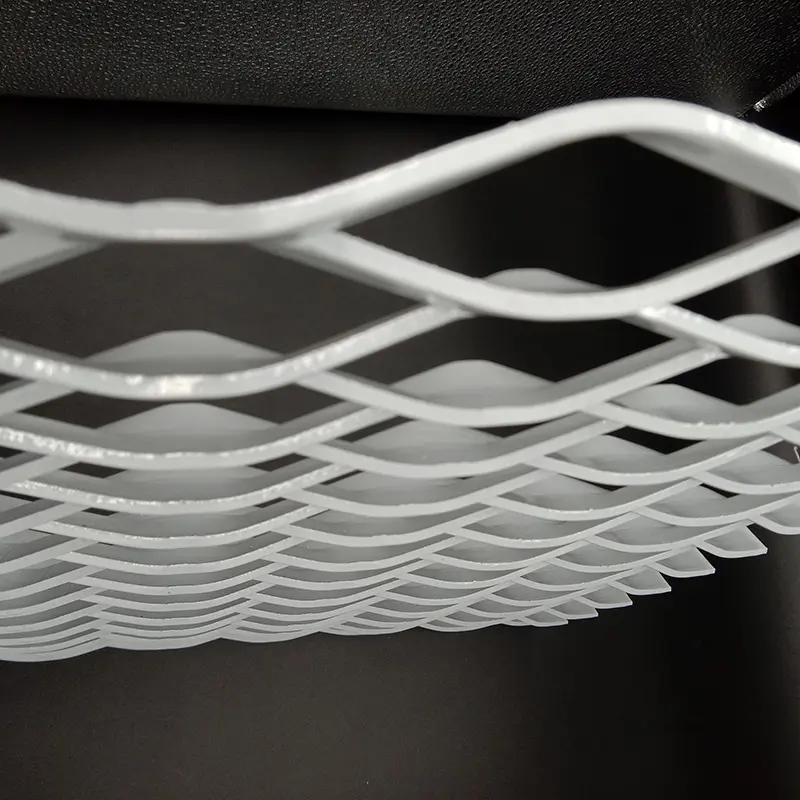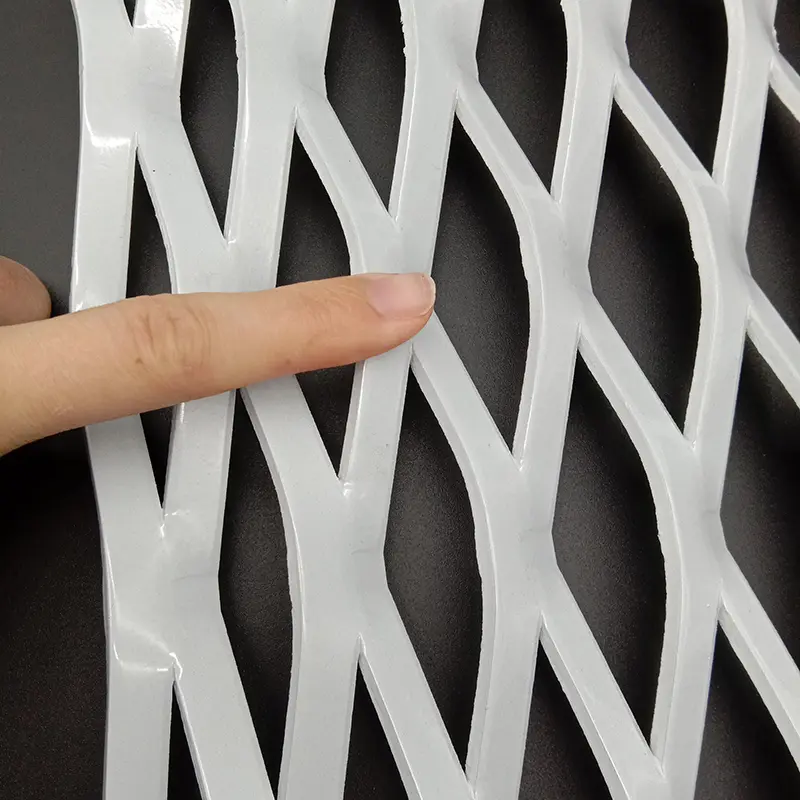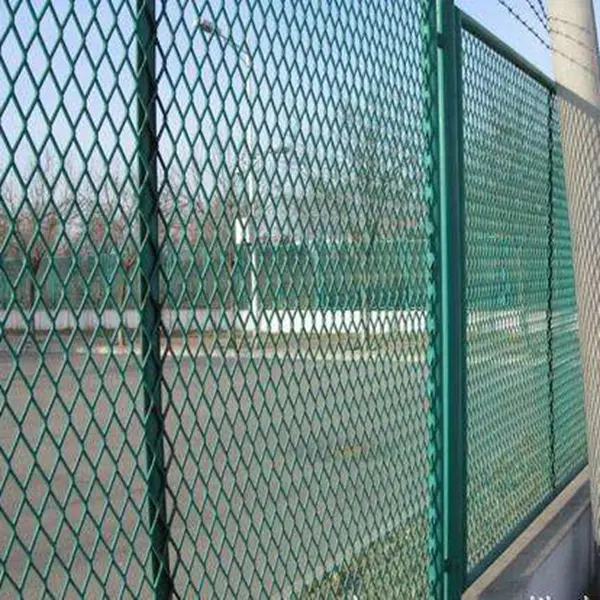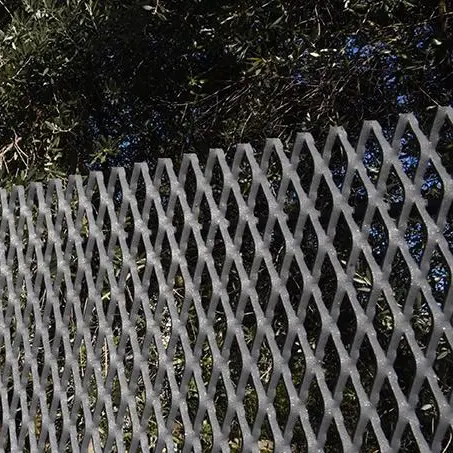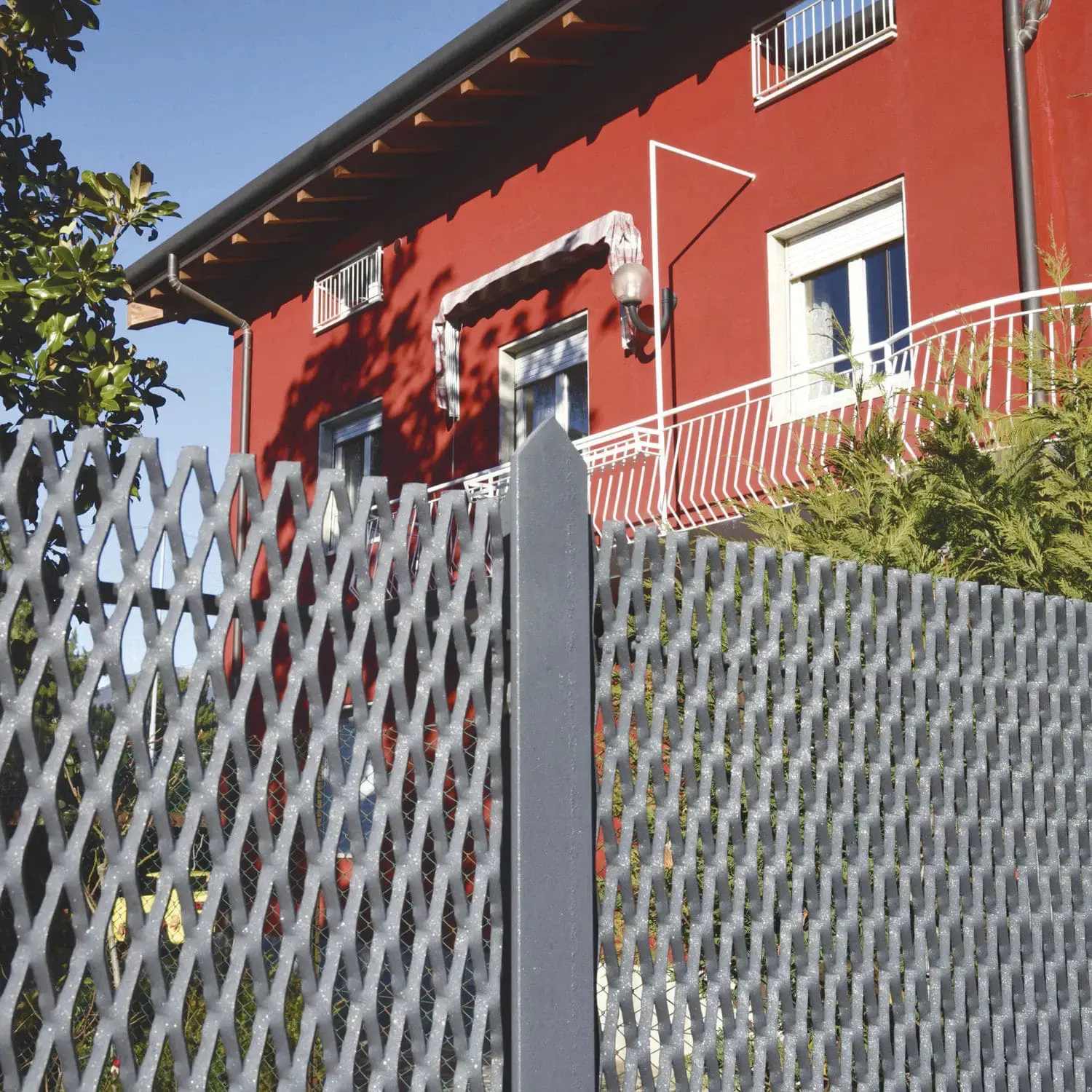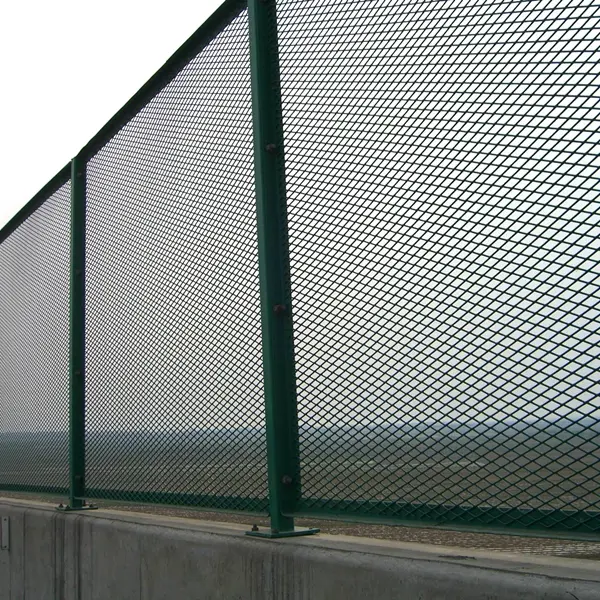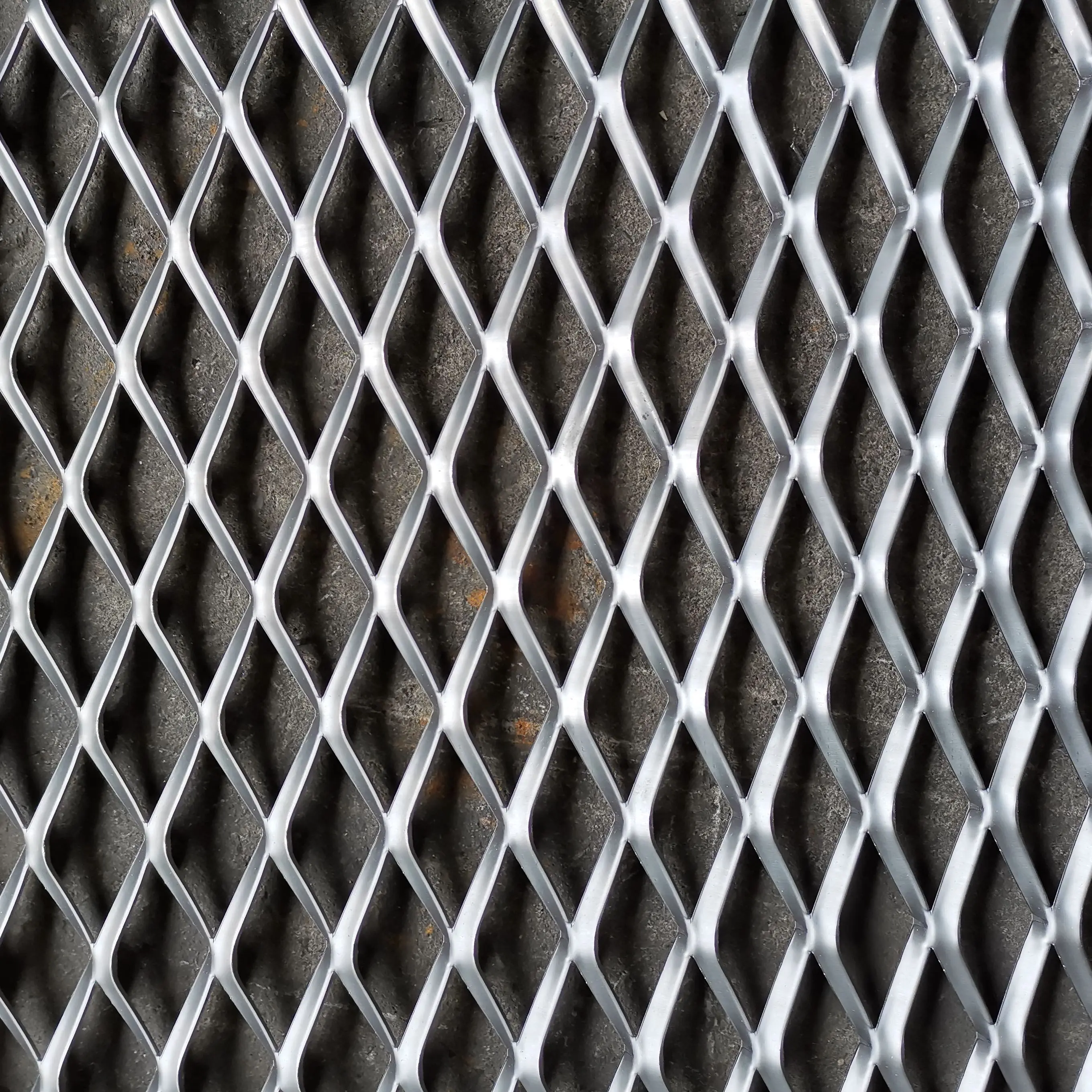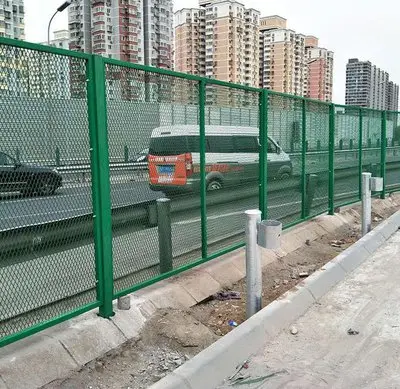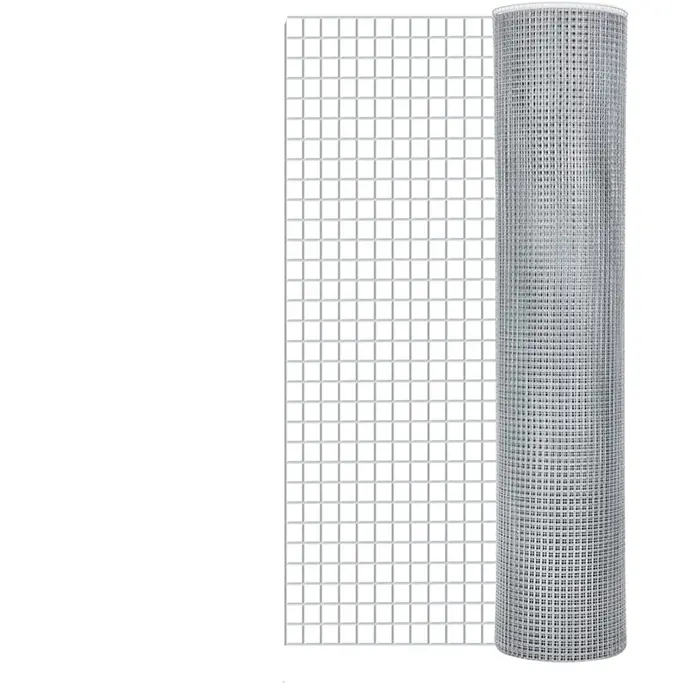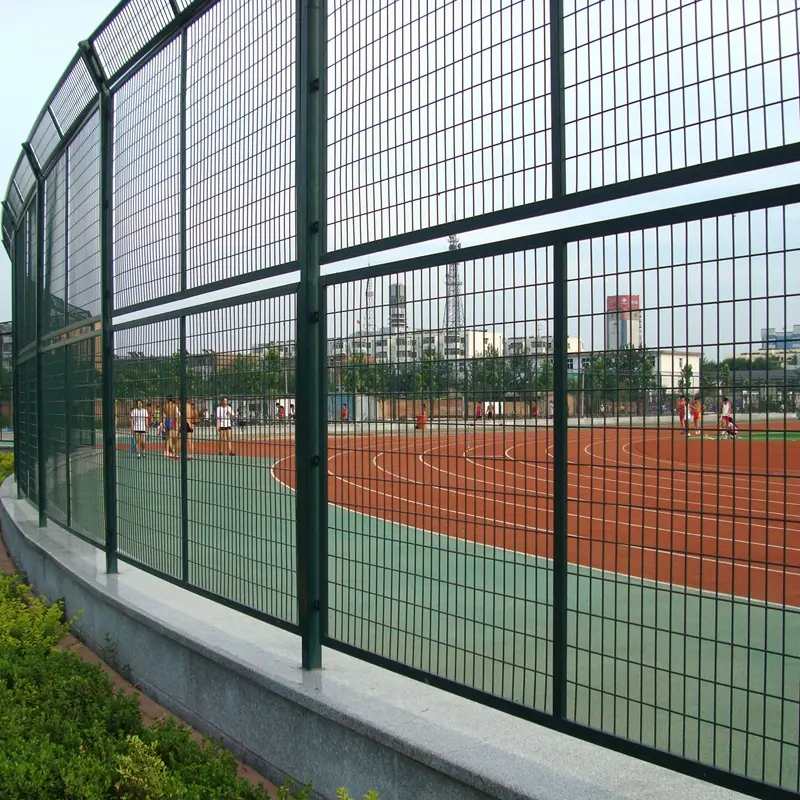An expanded metal fence is a durable and versatile fencing solution made from sheets of metal that have been cut and stretched to form a rigid, diamond-patterned mesh. This design provides strength, security, and visibility while allowing airflow and light to pass through. Commonly constructed from galvanized steel, aluminum, or stainless steel, expanded metal fences are resistant to corrosion, impact, and harsh weather conditions, making them suitable for industrial, commercial, and residential applications.
One of the key advantages of expanded metal fencing is its high strength-to-weight ratio. The interconnected mesh structure ensures stability without requiring excessive material, offering security without complete visual obstruction. This makes it ideal for perimeter fencing, machine guards, safety barriers, and even decorative enclosures. The open design also reduces wind resistance, preventing structural stress in high-wind areas.
Expanded Metal Fence for Security Applications: Why It Works
Expanded metal fencing excels in security applications due to its unique combination of strength, visibility, and anti-tamper properties. Made from a single sheet of steel that's slit and stretched, this fence type forms a rigid, interlocking pattern that resists cutting or climbing attempts. Unlike welded mesh, its continuous material structure eliminates weak points, making it exceptionally durable against forced entry.
The diamond-shaped openings allow clear visibility for surveillance while creating an optical barrier that obscures direct access. Its sharp edges deter climbing, and when galvanized or powder-coated, it withstands harsh weather and corrosion. Ideal for prisons, military sites, and high-risk facilities, expanded metal fencing provides cost-effective, low-maintenance security without compromising on structural integrity.
Applications of Expanded Metal Fencing in Urban and Industrial Projects
In urban settings, expanded metal fencing is used for public safety enclosures, pedestrian barriers, and architectural facades. Its open design maintains airflow and light penetration while securing construction sites or transit areas. The material's aesthetic flexibility allows customization for parks or building perimeters without creating an oppressive visual barrier.
For industrial projects, it serves as machine guards, warehouse partitions, and secure storage perimeters. The fence's impact resistance protects equipment, while its ventilation-friendly structure is ideal for factories needing airflow. In both contexts, expanded metal balances functionality, durability, and design adaptability, making it a go-to solution for modern infrastructure challenges.


